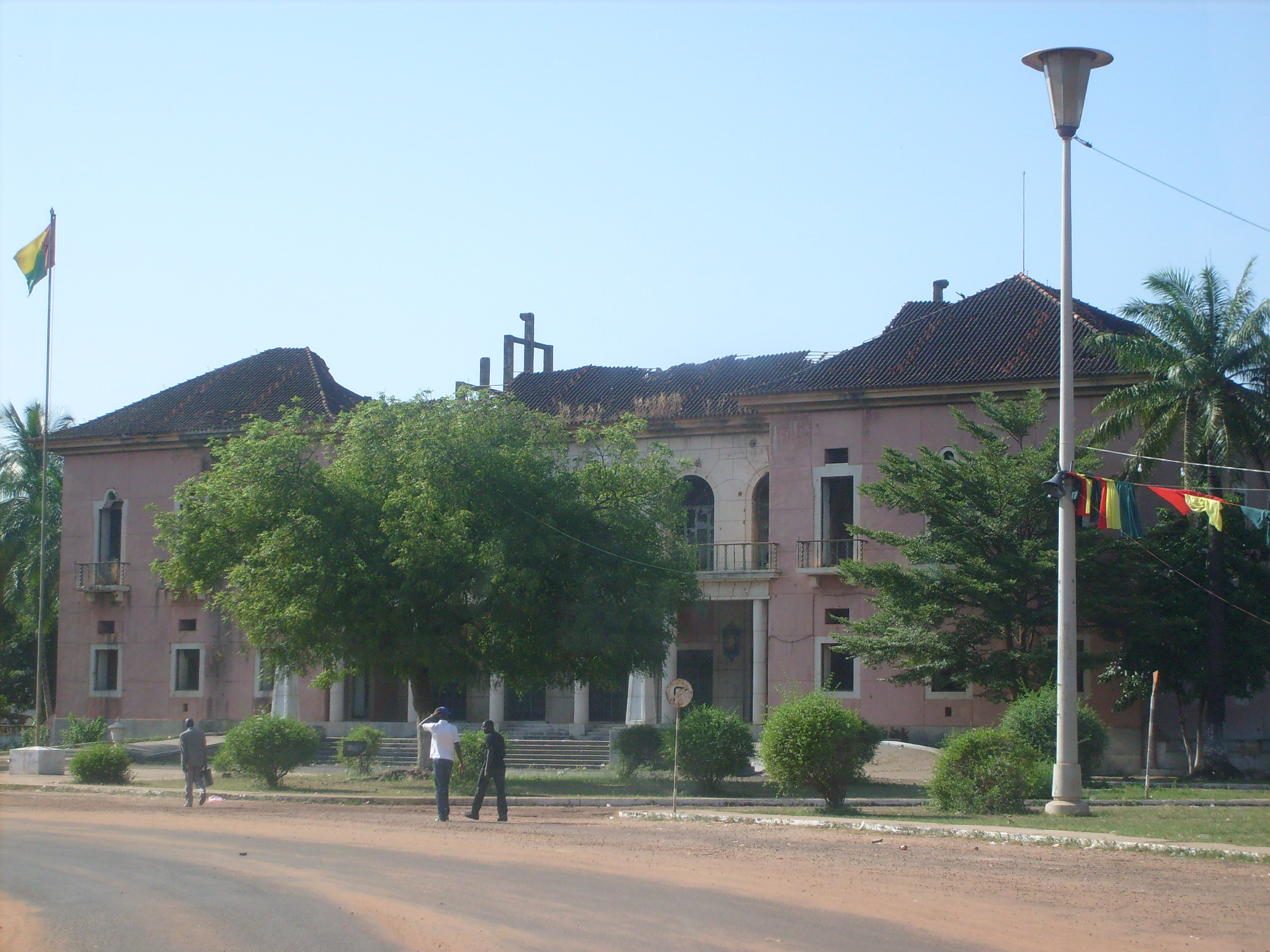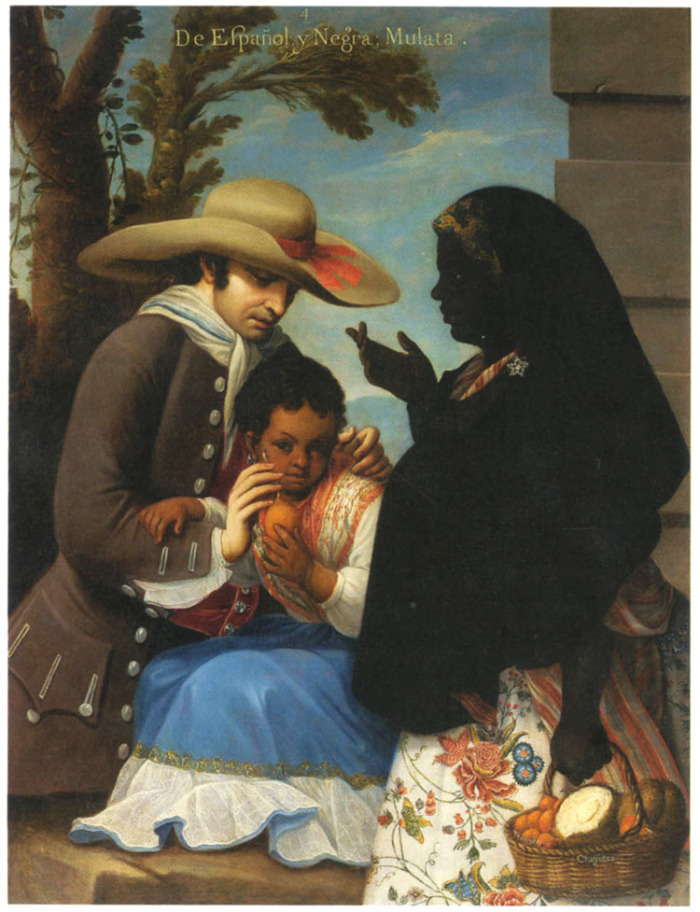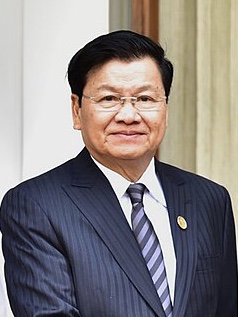|
1980 Guinea-Bissau Coup D'état
The 1980 Guinea-Bissau coup d'état was a bloodless military coup that took place in Guinea-Bissau on 14 November 1980, led by Prime Minister General João Bernardo Vieira. It led to the deposition of President Luís Cabral (half-brother of anti-colonial leader Amílcar Cabral), who held the office since 1973, while the country's War of Independence was still ongoing. Aftermath General Vieira announced the creation of the Revolutionary Council, which would exercise all executive and legislative powers in the country. Eventually, a power struggle developed between Vieira and Victor Saúde Maria, Prime Minister and Vice President of the Revolutionary Council, the only civilian member of the body, with the latter being forced into exile in Portugal in March 1984. Two months later a new Constitution was promulgated, proclaiming Vieira as President and returning the country to civilian rule. Vieira himself was deposed in the 1998–99 Civil War and exiled to Portugal in June 1999, ... [...More Info...] [...Related Items...] OR: [Wikipedia] [Google] [Baidu] |
Bissau
Bissau () is the Capital (political), capital and largest city of Guinea-Bissau. it had a population of 492,004. Bissau is located on the Geba River estuary, off the Atlantic Ocean, and is Guinea-Bissau's largest city, major port, its administrative and military center. Etymology The term Bissau may have come from the name of a clan N'nssassun, in its plural form Bôssassun. Intchassu (Bôssassu) was the name given to the nephew of King Mecau—the first sovereign of the island of Bissau—son of his sister Pungenhum. Bôssassu formed a clan of the Papel peoples. History From well before the arrival of Europeans to the early 20th century, the island of Bissau was governed as a kingdom inhabited by the Papel people. According to oral tradition, the kingdom was founded by Mecau, the son of the king of Quinara (Guinala), who moved to the area with his pregnant sister, six wives, and subjects of his father's kingdom. The kingdom was composed of seven clans, descended from the sist ... [...More Info...] [...Related Items...] OR: [Wikipedia] [Google] [Baidu] |
Guinea-Bissau Civil War
The Guinea-Bissau Civil War was fought from 7 June 1998 to 10 May 1999 and was triggered by an attempted 1998 Guinea-Bissau coup attempt, coup d'état against the government of Heads of State of Guinea-Bissau, President João Bernardo Vieira led by Brigadier General, Brigadier-General Ansumane Mané.Uppsala Conflict Data Program Conflict Encyclopedia, Guinea Bissau: government, in depth, Negotiations, Veira's surrender and the end of the conflict, viewed 12 July 2013, http://www.ucdp.uu.se/gpdatabase/gpcountry.php?id=68®ionSelect=2-Southern_Africa# Government forces, backed by neighbouring states, clashed with the coup leaders who had quickly gained almost total control over the country's armed forces. The conflict resulted in the deaths of hundreds if not thousands of people and the displacement of hundreds of thousands. An eventual peace agreement in November 1998 provided for a national unity government and new elections in the next year. However, a subsequent and brief o ... [...More Info...] [...Related Items...] OR: [Wikipedia] [Google] [Baidu] |
Mulatto
( , ) is a Race (human categorization), racial classification that refers to people of mixed Sub-Saharan African, African and Ethnic groups in Europe, European ancestry only. When speaking or writing about a singular woman in English, the word is (). The use of this term began in the United States shortly after the Atlantic slave trade began and its use was widespread, derogatory and disrespectful. After the post Civil Rights Era, the term is now considered to be both outdated and offensive in the United States. In other Anglophone countries (the English-speaking world) such as English and Dutch-speaking West Indian countries, the word mulatto is still used. Countries with the highest percentages of persons who have equally high European and African ancestry — ''Mulatto'' — are the Dominican Republic (74%) and Cape Verde (71%). Mulattos in many Latin American countries, aside from predominately European and African ancestry, usually also have slight indigenous ad ... [...More Info...] [...Related Items...] OR: [Wikipedia] [Google] [Baidu] |
Demographics Of Guinea-Bissau
This is a demography of the population of Guinea-Bissau including population density, ethnicity, education level, health of the populace, economic status, religious affiliations and other aspects of the population. Population According to the 2025 revision of the The World Factbook the total population was 2,132,325 in 2024. The proportion of children below the age of 14 in 2020 was 43.17%, 53.75% was between 15 and 65 years of age, while 3.08% was 65 years or older. The proportion of the population below the age of 15 in 2010 was 41.3%, 55.4% were aged between 15 and 65 years of age, while 3.3% were aged 65 years or older. Population Estimates by Sex and Age Group (01.VII.2019) (Data refer to national projections.): Vital statistics Registration of vital events is in Guinea-Bissau not complete. The Population Departement of the United Nations prepared the following estimates. Life expectancy Ethnic groups * Fulani 28.5% * Balanta 22.5% * Mandinga 14.7% * Papel 9.1 ... [...More Info...] [...Related Items...] OR: [Wikipedia] [Google] [Baidu] |
Liberia
Liberia, officially the Republic of Liberia, is a country on the West African coast. It is bordered by Sierra Leone to Liberia–Sierra Leone border, its northwest, Guinea to Guinea–Liberia border, its north, Ivory Coast to Ivory Coast–Liberia border, its east, and the Atlantic Ocean to its south and southwest. It has a population of around 5.5million and covers an area of . The official language is English. Languages of Liberia, Over 20 indigenous languages are spoken, reflecting the country's ethnic and cultural diversity. The capital and largest List of cities in Liberia, city is Monrovia. Liberia began in the early 19th century as a project of the American Colonization Society (ACS), which believed that black people would face better chances for freedom and prosperity in Africa than in the United States. Between 1822 and the outbreak of the American Civil War in 1861, more than 15,000 freed and free-born African Americans, along with 3,198 Afro-Caribbeans, relocated to ... [...More Info...] [...Related Items...] OR: [Wikipedia] [Google] [Baidu] |
Monrovia
Monrovia () is the administrative capital city, capital and largest city of Liberia. Founded in 1822, it is located on Cape Mesurado on the Atlantic Ocean, Atlantic coast and as of the 2022 census had 1,761,032 residents, home to 33.5% of Liberia’s total population. Its largely urbanized metro area, including Montserrado County, Montserrado and Margibi County, Margibi Counties of Liberia, counties, was home to 2,225,911 inhabitants as of the 2022 census. As the nation's primate city, primary city, Monrovia is the country's economic, financial and cultural center; its economy is primarily centered on its harbor and its role as the seat of Liberian government. The city's economy is largely based on its position as chief List of ports and harbours of the Atlantic Ocean, Atlantic port of Liberia, with the Freeport of Monrovia based in the city being the largest and main port in the country. The city was traditionally the land of the Vai people, Vai People, a West Africa, West Af ... [...More Info...] [...Related Items...] OR: [Wikipedia] [Google] [Baidu] |
Cape Verdean Guinea-Bissauan
Cape Verdean Bissau-Guineans are Bissau-Guineans residents whose ancestry originated in Cape Verde. As of 2007, the Instituto das Comunidades (Institute of the Communities) estimated that there were 2,000 people of Cape Verdean descent living in Guinea Bissau."Quadros De Paises e Ciadades de Acolhimentos de Caboverdianos." Instituto das Comunidades (In Portuguese) The majority of them lived in the capital city of and could trace their Cape Verdean roots to the island of . Notable ...
|
Esta É A Nossa Pátria Bem Amada
"" () is the national anthem of Guinea-Bissau. Written in 1963 by Amílcar Cabral (1924–1973) and composed by Xiao He (1918–2010), it was adopted upon independence from Portugal in 1974. It was also the national anthem of Cape Verde, a legacy of both countries' joint independence, until 1996, when a new anthem ("") was adopted by Cape Verde. History The anthem was written by independence leader of Guinea-Bissau and Cape Verde Amílcar Cabral. Cabral, a Bissau-Guinean son of Bissau-Guineans and Cape Verdeans, was the leader of the African Party for the Independence of Guinea and Cape Verde (PAIGC). In 1963, a delegation from then Portuguese Guinea visited China and heard music by composer Xiao He. Cabral asked Xiao to compose a piece that would inspire his people in their struggle for independence. Set to a 1963 poem by Cabral, the piece was later adopted by Guinea Bissau and Cape Verde as the national anthem upon their independence from Portugal in 1974. In the 19 ... [...More Info...] [...Related Items...] OR: [Wikipedia] [Google] [Baidu] |
One-party State
A one-party state, single-party state, one-party system or single-party system is a governance structure in which only a single political party controls the ruling system. In a one-party state, all opposition parties are either outlawed or enjoy limited and controlled participation in election An election is a formal group decision-making process whereby a population chooses an individual or multiple individuals to hold Public administration, public office. Elections have been the usual mechanism by which modern representative d ...s. The term "''de facto'' one-party state" is sometimes used to describe a dominant-party system that, unlike a one-party state, allows (at least nominally) multiparty elections, but the existing practices or balance of political power effectively prevent the opposition from winning power. Membership in the ruling party tends to be relatively small compared to the population. Rather, they give out private goods to fellow elites to ensur ... [...More Info...] [...Related Items...] OR: [Wikipedia] [Google] [Baidu] |
West Africa
West Africa, also known as Western Africa, is the westernmost region of Africa. The United Nations geoscheme for Africa#Western Africa, United Nations defines Western Africa as the 16 countries of Benin, Burkina Faso, Cape Verde, The Gambia, Ghana, Guinea, Guinea-Bissau, Ivory Coast, Liberia, Mali, Mauritania, Niger, Nigeria, Senegal, Sierra Leone, and Togo, as well as Saint Helena, Ascension and Tristan da Cunha (United Kingdom Overseas Territories, United Kingdom Overseas Territory).Paul R. Masson, Catherine Anne Pattillo, "Monetary union in West Africa (ECOWAS): is it desirable and how could it be achieved?" (Introduction). International Monetary Fund, 2001. The population of West Africa is estimated at around million people as of , and at 381,981,000 as of 2017, of which 189,672,000 were female and 192,309,000 male.United Nations Department of Economic and Social Affairs, Population Division (2017). World Population Prospects: The 2017 Revision, custom data acquired via webs ... [...More Info...] [...Related Items...] OR: [Wikipedia] [Google] [Baidu] |
Lusophone
The Portuguese-speaking world, also known as the Lusophone world () or the Lusophony (''Lusofonia''), comprises the countries and territories in which the Portuguese language is an official, administrative, cultural, or secondary language. This article provides details regarding the geographical distribution of all Portuguese-speakers or Lusophones, regardless of legislative status. Portuguese is one of the List of languages by total number of speakers, most widely spoken languages in the world and is an official language of countries on four continents. Statistics Native speakers This table depicts the first language, native speakers of the language, which means that the table includes people who have been exposed to the Portuguese language from birth and, thus, excludes people who use the language as a second language (L2). Status by country Spread of Portuguese During a Age of Discovery, period of Portuguese discoveries and through a Portuguese Empire, large col ... [...More Info...] [...Related Items...] OR: [Wikipedia] [Google] [Baidu] |
Cape Verde
Cape Verde or Cabo Verde, officially the Republic of Cabo Verde, is an island country and archipelagic state of West Africa in the central Atlantic Ocean, consisting of ten volcanic islands with a combined land area of about . These islands lie between west of Cap-Vert, the westernmost point of continental Africa. The List of islands of Cape Verde, Cape Verde islands form part of the Macaronesia ecoregion, along with the Azores, the Canary Islands, Madeira and the Savage Isles. The Cape Verde archipelago was uninhabited until the 15th century, when Portuguese Empire, Portuguese explorers colonized the islands, establishing one of the first Age of Discovery, European settlements in the tropics. Due to its strategic position, Cape Verde became a significant location in the Atlantic slave trade, transatlantic slave trade during the 16th and 17th centuries. The islands experienced economic growth during this period, driven by their role by the rapid emergence of merchants, priva ... [...More Info...] [...Related Items...] OR: [Wikipedia] [Google] [Baidu] |






